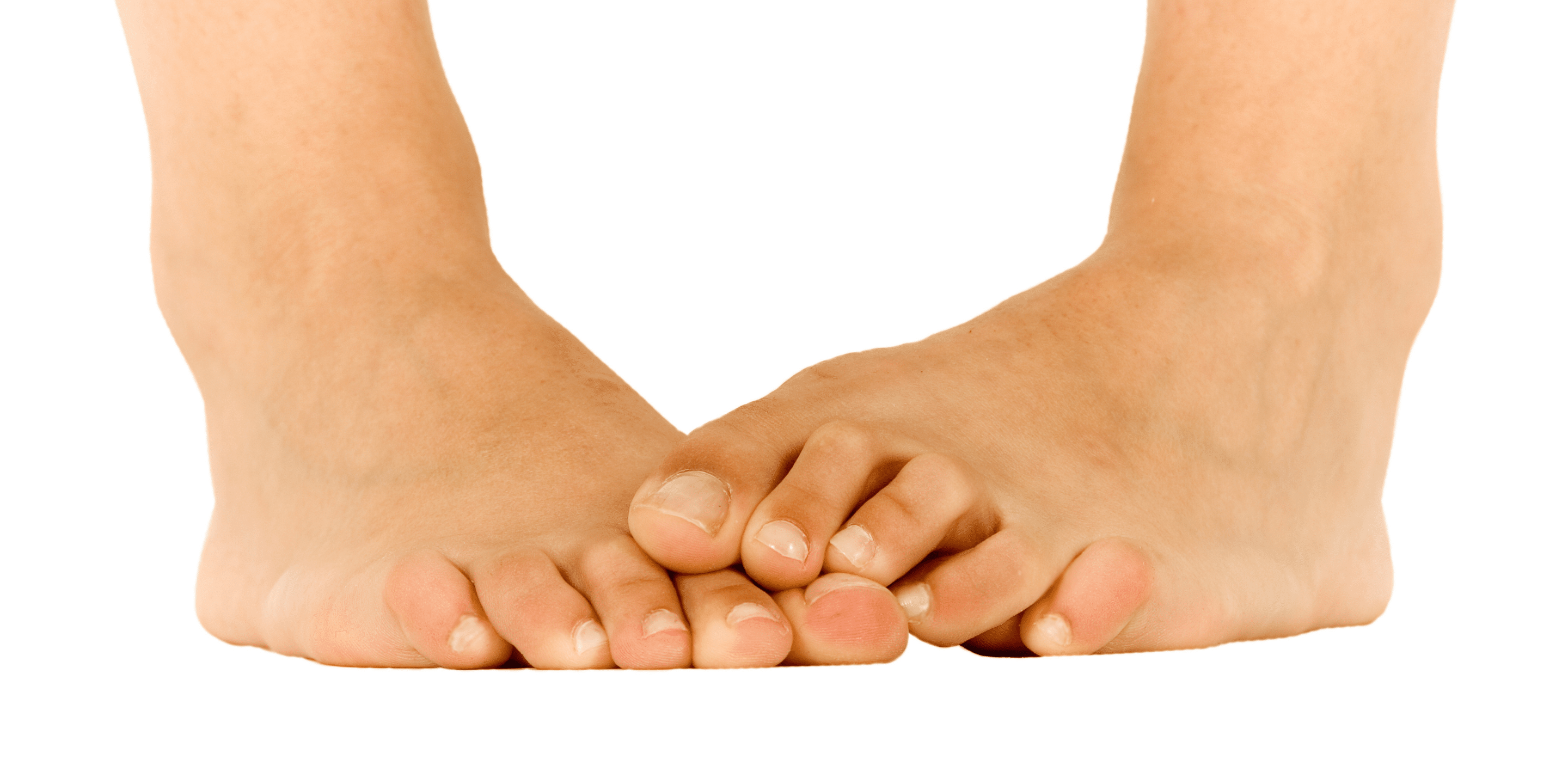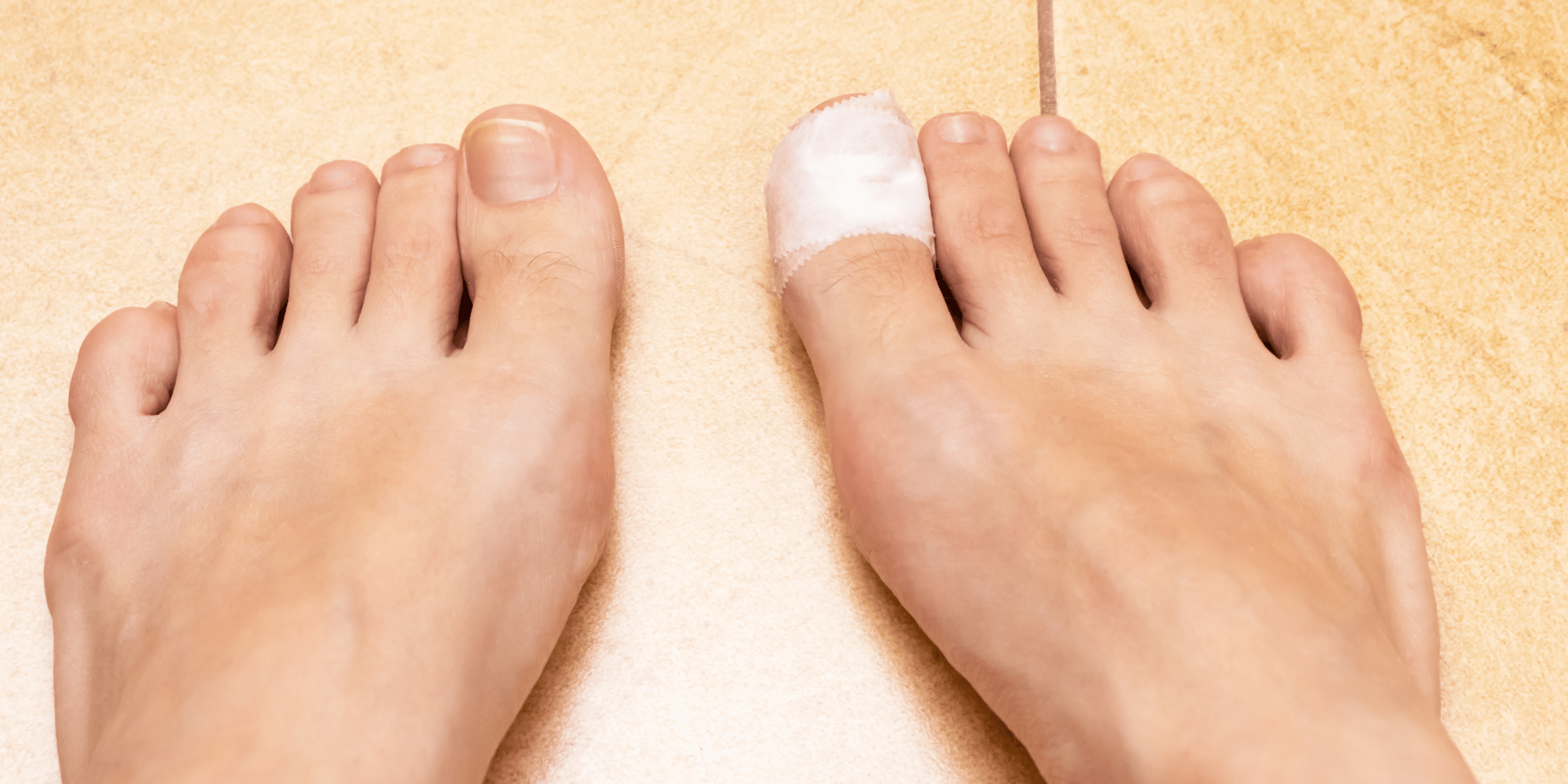How to Fix Ingrown Toenails: 5 Home Remedies
Ingrown toenails may seem minor at first, but they can quickly turn painful and limit your daily activities. This common foot condition affects millions of people, often causing discomfort, redness, and swelling around the toenail. If ignored, it can lead to infection or more serious complications.
Fortunately, there are several simple home remedies that can help relieve pain and promote healing. In this guide, you’ll learn what causes ingrown toenails, five effective ways to treat them at home, and when to seek professional podiatric care.
What Are Ingrown Toenails?
An ingrown toenail occurs when the corner or edge of a toenail grows into the surrounding skin, most often affecting the big toe. Symptoms typically include pain, tenderness, redness, and swelling. In some cases, the area may become infected, leading to drainage or pus.
Several factors contribute to the development of ingrown toenails. Trimming nails too short or rounding the edges can encourage them to grow into the skin. Wearing tight or ill-fitting shoes puts extra pressure on the toes, while trauma—such as stubbing your toe—can also alter nail growth. When left untreated, an ingrown toenail can become infected and significantly more painful, making early care essential.
5 Home Remedies for Ingrown Toenails
1. Warm Water Soaks
One of the easiest ways to find relief is by soaking your foot in warm water. This helps reduce inflammation, ease pain, and soften the skin around the nail. Fill a basin with warm water and, if desired, add a tablespoon of Epsom salt for its soothing properties. Soak your foot for 15 to 20 minutes, then pat it dry and apply a gentle moisturizing cream or ointment. Doing this two or three times daily can make a noticeable difference.
2. Proper Nail Trimming
Preventing ingrown toenails often starts with how you trim your nails. Always cut your toenails straight across using clean clippers, and avoid rounding the edges or cutting them too short. Smooth any rough edges with a file. This simple habit can prevent the nail from growing into the surrounding skin. If trimming your nails is difficult or painful, consider visiting a podiatrist for professional care.
3. Cotton Ball or Dental Floss Lift
After soaking your foot, you can gently lift the edge of the affected nail and place a small piece of clean cotton or dental floss underneath. This helps separate the nail from the skin, reducing pressure and encouraging proper growth. Be sure to replace the cotton or floss daily and stop if the pain worsens or if signs of infection appear.
4. Over-the-Counter Pain Relievers
If discomfort persists, over-the-counter medications like ibuprofen or acetaminophen can help reduce pain and inflammation. Always follow the recommended dosage instructions. These medications can make walking easier and allow your toe time to heal comfortably.
5. Topical Antibiotics
To prevent infection and promote healing, apply a thin layer of antibiotic ointment to the affected area after washing and drying your foot. You can cover the toe with a clean bandage if needed. Keeping the area clean and dry is essential to protect it from bacteria and support recovery.
When to Seek Professional Help
While mild ingrown toenails can usually be managed at home, it’s important to see our podiatrists if your symptoms don’t improve. Persistent pain, swelling, or signs of infection—such as pus, spreading redness, or difficulty walking—indicate that professional treatment may be necessary. Our experienced team can safely remove the ingrown portion of the nail, treat any infection, and provide guidance to prevent recurrence.
Home remedies can be highly effective for mild ingrown toenails, but timely care is key to avoiding infection and lasting pain. By soaking your feet, trimming nails properly, and keeping the area clean, you can often restore comfort and prevent future issues.
If your symptoms continue or worsen, don’t wait to get help. Our experienced podiatry team specializes in ingrown toenail treatment and is dedicated to helping you find lasting relief.
Call our office today at (717) 620-8225 to schedule your appointment and take the first step toward healthier, pain-free feet.


